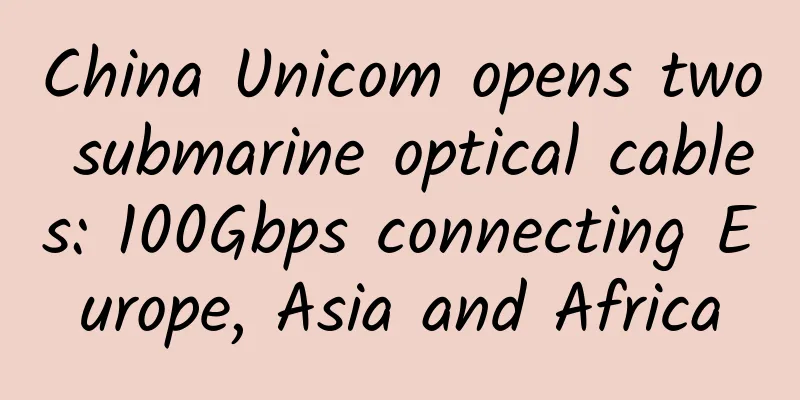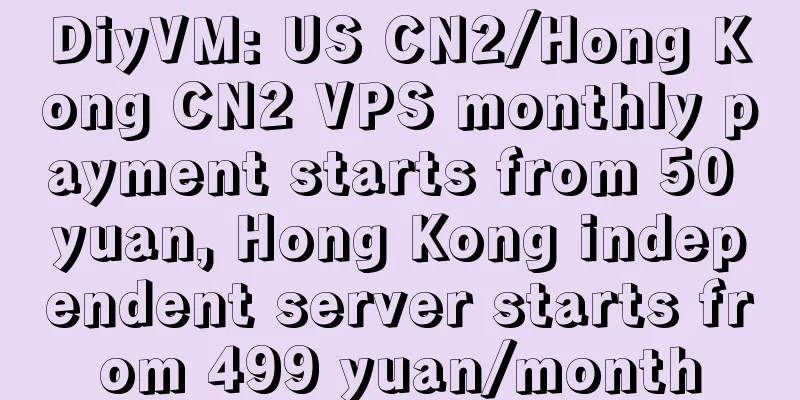China Unicom opens two submarine optical cables: 100Gbps connecting Europe, Asia and Africa

|
Recently, China Unicom officially announced that the Asia-Europe 5 (SMW5) and Asia-Pacific Direct (APG) submarine optical cables have been officially opened and put into use recently. After the two submarine cables were interconnected at the neutral POP (network service provider point) in Singapore, a high-bandwidth channel was opened up from Asian countries such as mainland China, Japan, and South Korea to Africa and Europe. The bandwidth reached 100Gbps (12.5GB/s), which is equivalent to transmitting two or three 720p high-definition movies in one second.
The Asia-Pacific Direct Submarine Cable was financed and constructed by China Unicom in collaboration with domestic and foreign operators. It connects eight countries and regions including mainland China, Taiwan, Hong Kong, South Korea, Japan, Vietnam, Malaysia and Singapore. The system has a designed capacity of over 54Tbps and extends directly to the neutral POP point in Singapore. Among them, China Unicom provides a landing station in Shanghai Nanhui in China, and also has landing points in Shanghai Chongming and Hong Kong. The Asia-Europe 5 submarine cable, in which China Unicom participated in the investment and construction, connects 19 countries including Singapore, Malaysia, Indonesia, Bangladesh, Sri Lanka, Myanmar, Pakistan, Djibouti, Saudi Arabia, the United Arab Emirates, Egypt, Turkey, Italy and France. The backbone section has a designed capacity of 24Tbps and extends directly to neutral POP points in France, Italy and Singapore. With the opening of these two submarine cables, China Unicom has extended the "Maritime Silk Road" to Japan and South Korea, opening a new era of the "Maritime Silk Road" information highway. According to China Unicom's global network planning, the Asia-Europe 5 and Asia-Pacific direct submarine cables will also be connected to the soon-to-be-opened Asia-Africa-Europe 1 (AAE-1) submarine cable, realizing dual routing in the Asia-Africa-Europe direction and protecting each other. The Asia-Europe-Africa 1 submarine cable will, together with the Asia-Europe 5 submarine cable, connect 14 countries including Singapore, Malaysia, Myanmar, India, Pakistan, Qatar, the United Arab Emirates, Oman, Yemen, Djibouti, Saudi Arabia, Egypt, France, and Italy, and also connect to Indonesia, Sri Lanka, Bangladesh, and Türkiye. The completion of these submarine cables will improve China Unicom's international network layout in Asia, Africa and Europe, reduce communication latency, and greatly enhance the communication capabilities and security of the overall network. |
<<: The main tasks of 5G in the 13th Five-Year Plan are determined
>>: Current status of Chinese domain names: low application level and potential security risks
Recommend
Web Hosting Guide: Ten Ways to Improve Website Performance
In today’s digital world, website speed is extrem...
Unleashing the potential of 5G: 5G millimeter wave enters the commercial sprint stage
2021 is the year when 5G will be popularized at a...
How to implement Nodejs inter-process communication
[[350246]] This article is reprinted from the WeC...
SmartHost: 40% off large hard drive VPS promotion, starting at $4.17/month, 8 data centers to choose from
SmartHost has launched a promotion for Storage VP...
V.PS: €5.95/month KVM-1GB/20GB/1TB/12 data centers available in the United States, Japan, Hong Kong, etc.
V.PS is a site under xTOM (founded in 2012). V.PS...
Why Wi-Fi will not disappear but become more important in the 5G era?
This article is reproduced from Leiphone.com. If ...
China Mobile actively promotes the accelerated implementation of 5G innovative applications
On September 20, China Mobile held the 5G+ Innova...
Will 5G become a new springboard for domestic cloud computing giants to surpass international giants?
As an important member of the new infrastructure ...
Who is selling personal information? Fighting against illegal activities requires starting with the entire industry chain
[[188850]] The educational information of ordinar...
The three major operators announced the "Implementation Rules for Number Portability Service"
On November 10, the Ministry of Industry and Info...
"Have you eaten?" | A tragic experience of a message
[[405615]] After get off work, you feel empty and...
How does 5G open the door to huge technological advancement for manufacturing companies?
The rollout of 5G is expected to usher in the Fou...
LOCVPS 20% off, Japan VPS/Korea VPS/Hong Kong VPS/US VPS monthly payment starts from 29.6 yuan
LOCVPS is a long-established Chinese hosting comp...
Does iPhone 12 mini not have 5G?
Although Apple held a press conference recently, ...
Remember 3 parts, 2 addresses, and 1 formula, and you can easily divide subnets
Overview Subnetting is a basic skill that any net...









